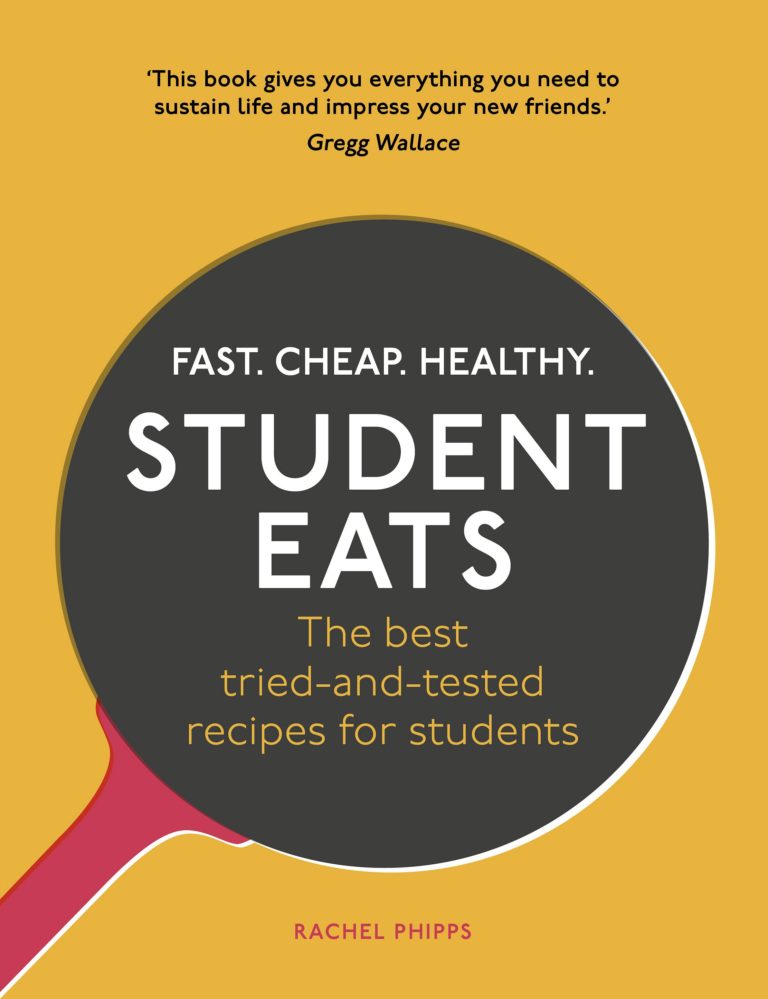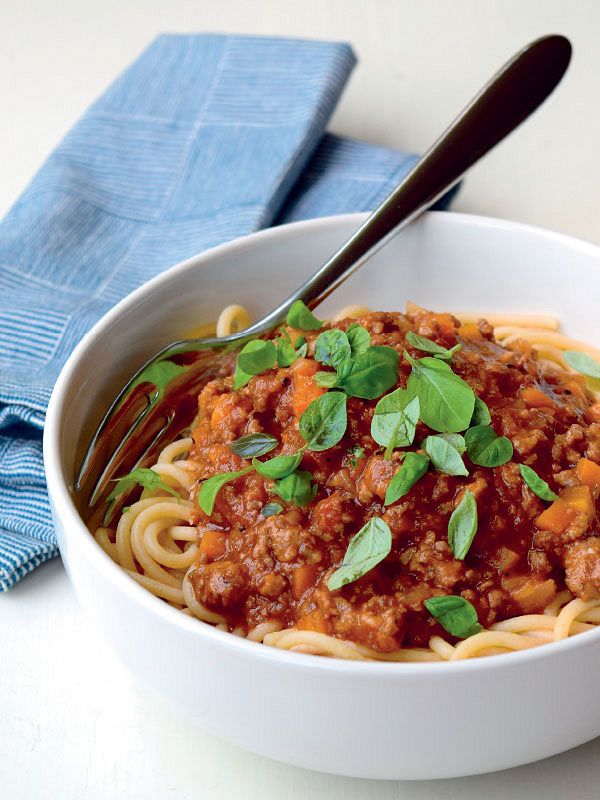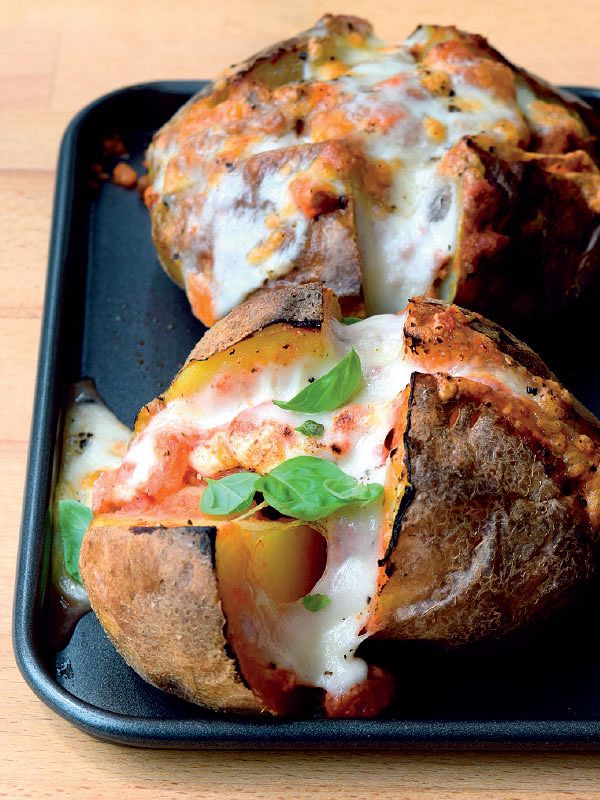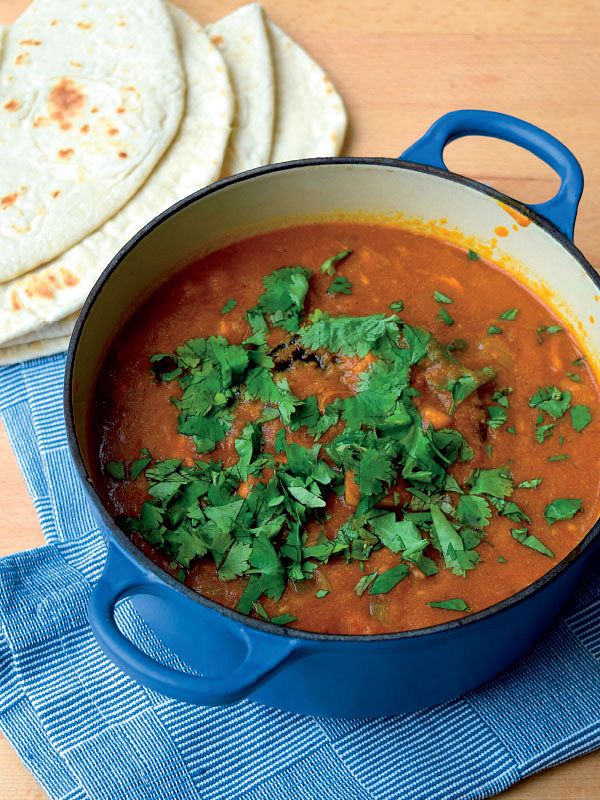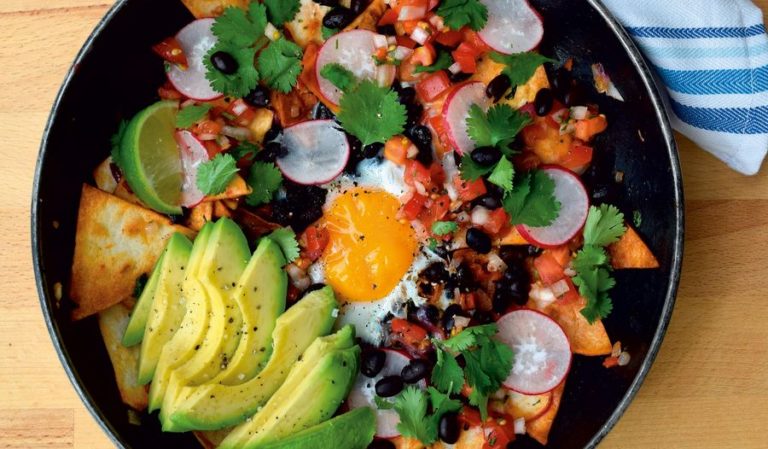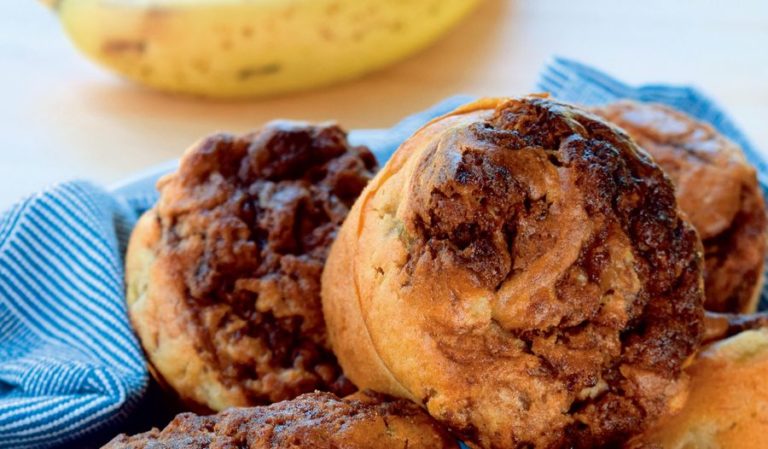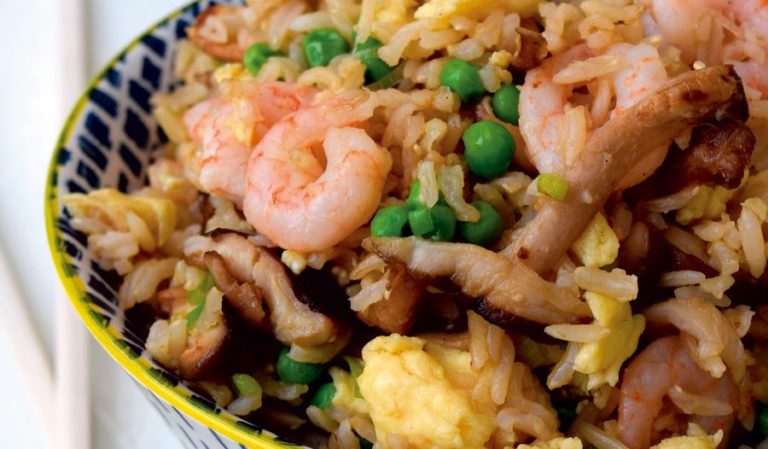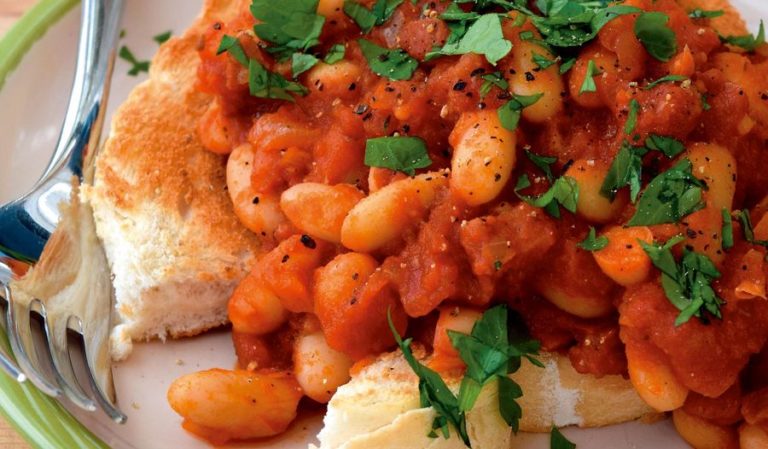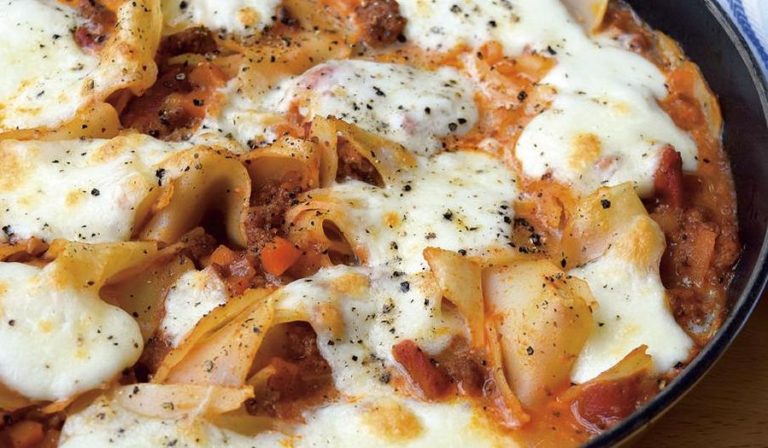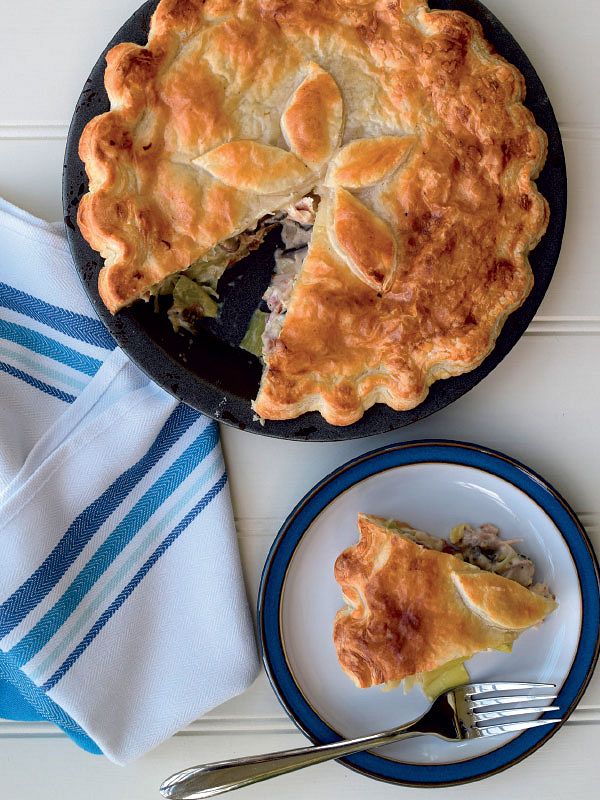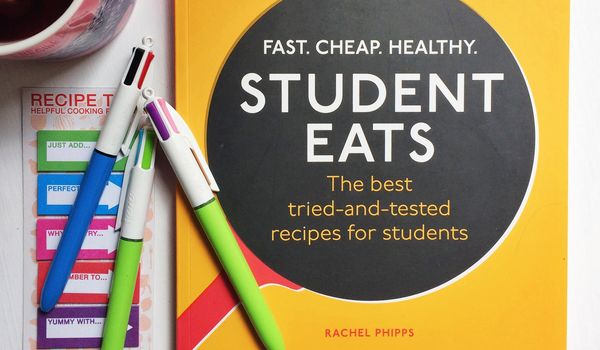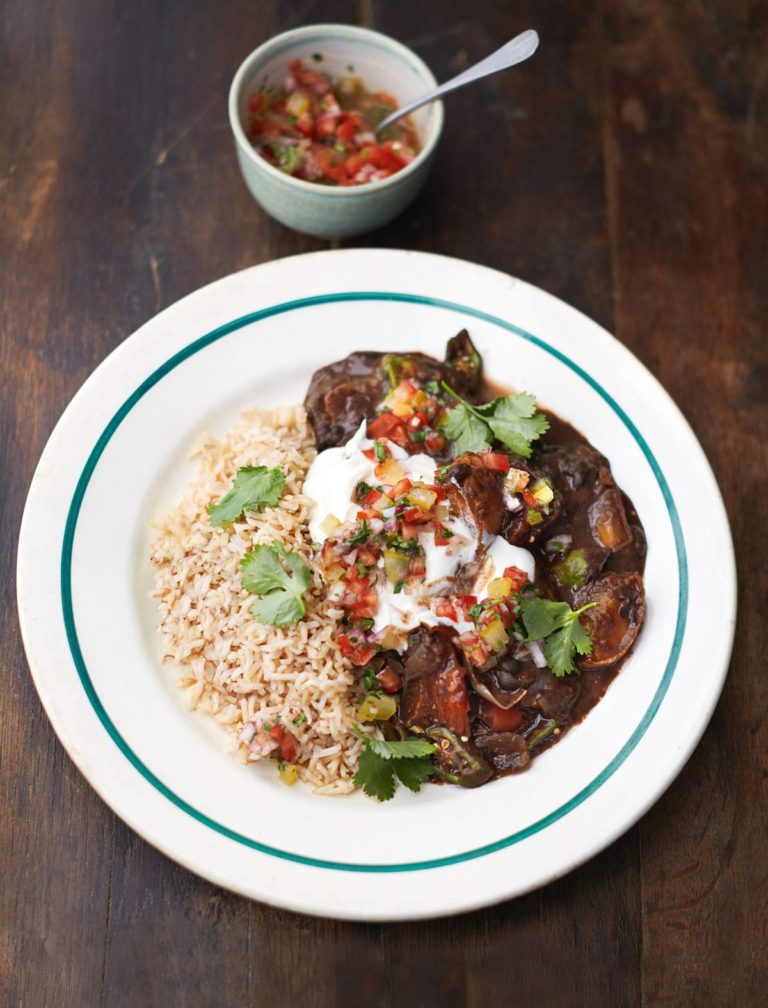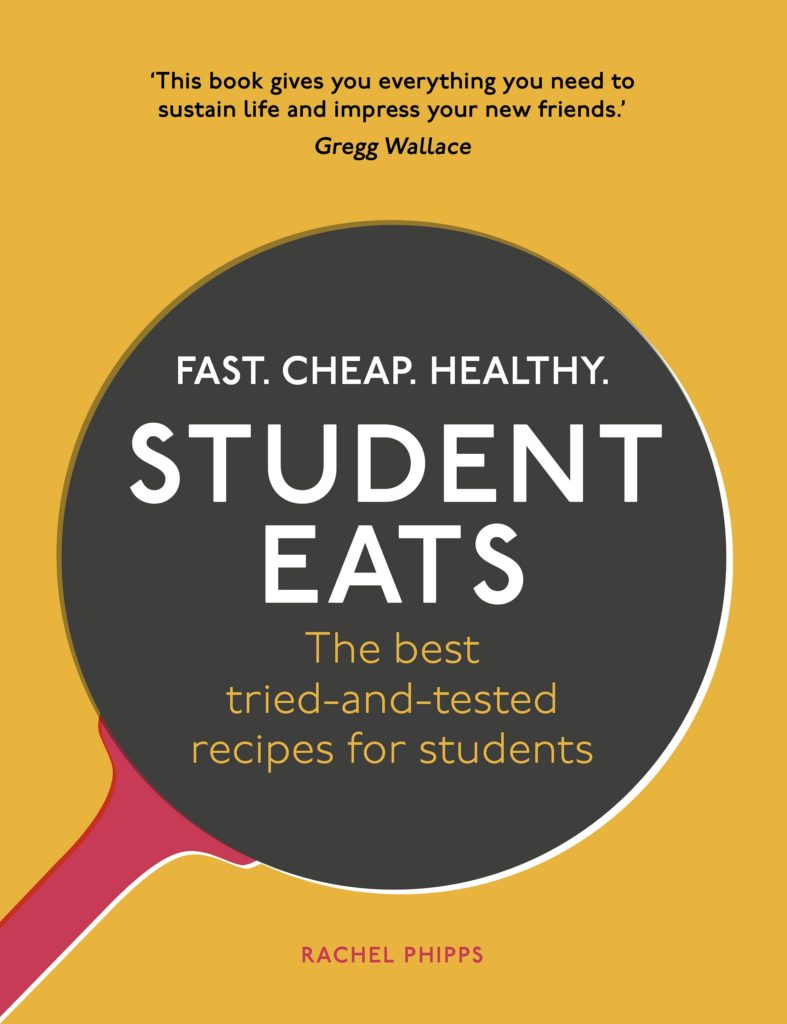Student Eats: Fast, Cheap, Healthy – the best tried-and-tested recipes for students
Written by
Rachel Phipps
Published
03 August 2017
Buy From
Who’s the author Food writer and self-taught cook, Rachel Phipps, knows a thing or two about cooking on a student budget having recently graduated from the University of London. During her time at uni, Rachel would create recipes to help inspire her friends and the followers of her popular blog, www.rachelphipps.com, to cook great food on a student-friendly budget, the best of which have gone into Student Eats, her first cookbook.
What’s it about
The essential guide to cooking on a budget and in a student kitchen, in Student Eats Rachel shares a wealth of recipes that are affordable and achievable without the use of costly equipment or ingredients. With recipes for all occasions, from solo dinners to cooking for newfound friends, and ideas for breakfast, sweet treats and even late night snacks to rustle up after a night of clubbing, Student Eats is brimming with clever tips, budgeting hacks and delicious meals. It will take even the most inexperienced cook from novice to confident by the end of the first term.
Recipes we love Kitchen Cupboard Fishcakes, Frying Pan Lasagne and One-Bowl Chocolate Cake.
Who’s it for The perfect book for students setting off for university or anyone looking for inventive recipes for a tight budget.
Buy From
More about Student Eats: Fast, Cheap, Healthy – the best tried-and-tested recipes for students
Features
How I wrote and photographed my own cookbook
As if getting a degree from university isn’t impressive enough, Rachel Phipps embraced the challenges of student cooking and wrote student cooking bible, Student Eats. Here’s how she did it…
Features
Healthy vegetarian and vegan student recipes that won’t break the bank
Healthy, meat-free recipes that won’t break the bank for students and budget-conscious cooks alike.
